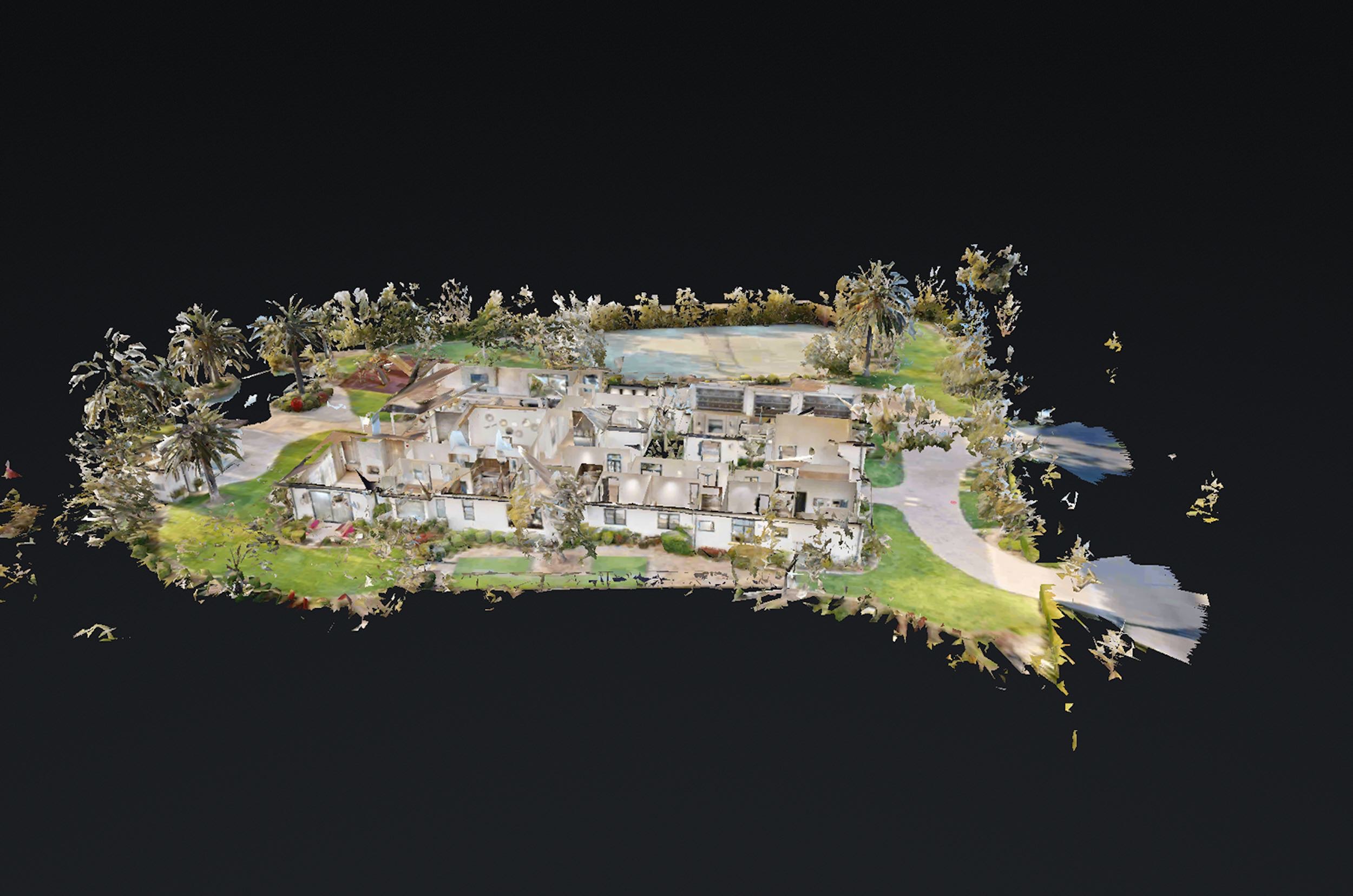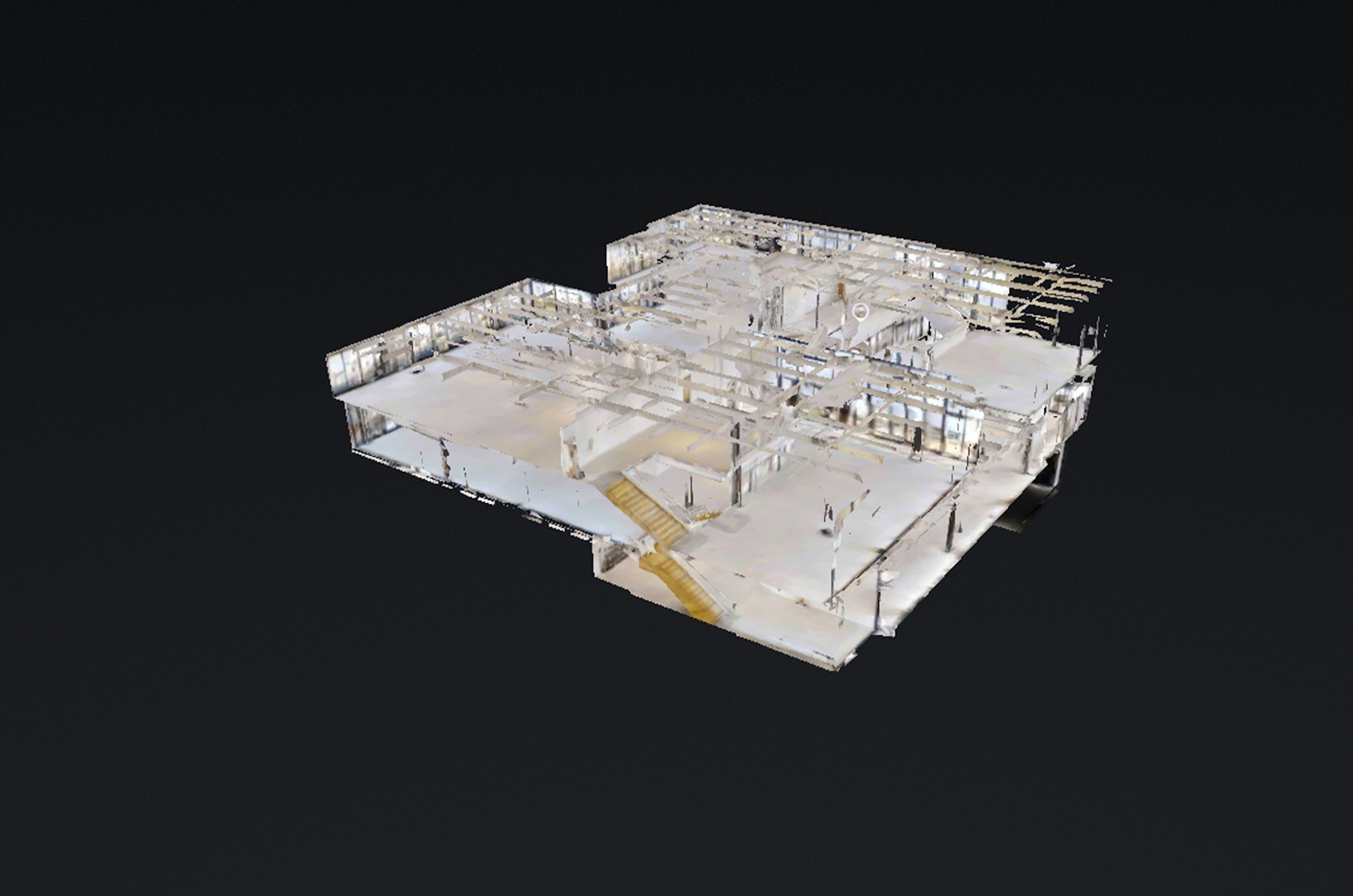The realm of education, like many other sectors, is experiencing a technological renaissance. Today, a prospective student need not travel miles or cross oceans to experience the essence of a campus. Thanks to 360-degree virtual tours, colleges and universities can now present an immersive experience, making remote campus exploration a compelling reality. Let’s delve into how these virtual tours are transforming the way students and parents view and choose educational institutions.
The Shift to the Digital Sphere:
The digital transformation in education isn’t just about online courses. It’s about how institutions present themselves to the world. Physical campus tours, while effective, have their limitations – scheduling constraints, seasonal changes, and of course, travel restrictions or personal challenges. A 360-degree virtual tour negates these barriers, offering a flexible and comprehensive view of the campus at any time from anywhere.
Key Components of an Effective 360-degree Virtual Campus Tour:
- High-Quality Imagery: A clear, high-resolution visual representation is crucial. Grainy or pixelated images can distort perception and detract from the experience.
- Interactivity: Users should be able to choose where they go, zoom into areas of interest, and get information on-demand, creating a personalized experience.
- Narration & Information Points: Background narrations or clickable points can offer rich information about the history of a building, the significance of a statue, or the achievements of a particular department.
- Integration with Other Digital Assets: Linking the virtual tour with related videos, testimonials, or research papers can provide a holistic view of the institution’s offerings.
The Advantages of Virtual Campus Tours:
- Round-the-Clock Accessibility: Whether it’s midnight or midday, rain or shine, students can access the tour, catering to international students across time zones.
- Budget-Friendly: For both the institution and the prospective student, virtual tours can significantly cut down costs related to organizing and attending physical tours.
- Regular Updates: Seasonal events, infrastructural developments, or new programs can be easily updated and showcased without much hassle.
- Data Analytics: Institutions can gather insights on which parts of the tour are most visited, where users spend the most time, and which areas might need more emphasis or improvement.
The Future and Beyond:
While 360-degree virtual tours are a boon, institutions can look forward to integrating augmented reality (AR) and virtual reality (VR) for an even richer experience. Imagine donning VR glasses and feeling like you’re physically walking around the campus! Additionally, chatbots or virtual assistants can be incorporated to answer questions in real-time, simulating an actual guided tour.
Conclusion:
The digital landscape is vast and ever-evolving, and educational institutions that harness its power are set to stand out. 360-degree virtual tours don’t just offer an alternative to traditional campus visits; they redefine and enhance the entire experience. As technology becomes more ingrained in our daily lives, it’s not just about keeping up with the times but about looking ahead, and these virtual tours are a significant leap towards the future of education marketing and student engagement.







